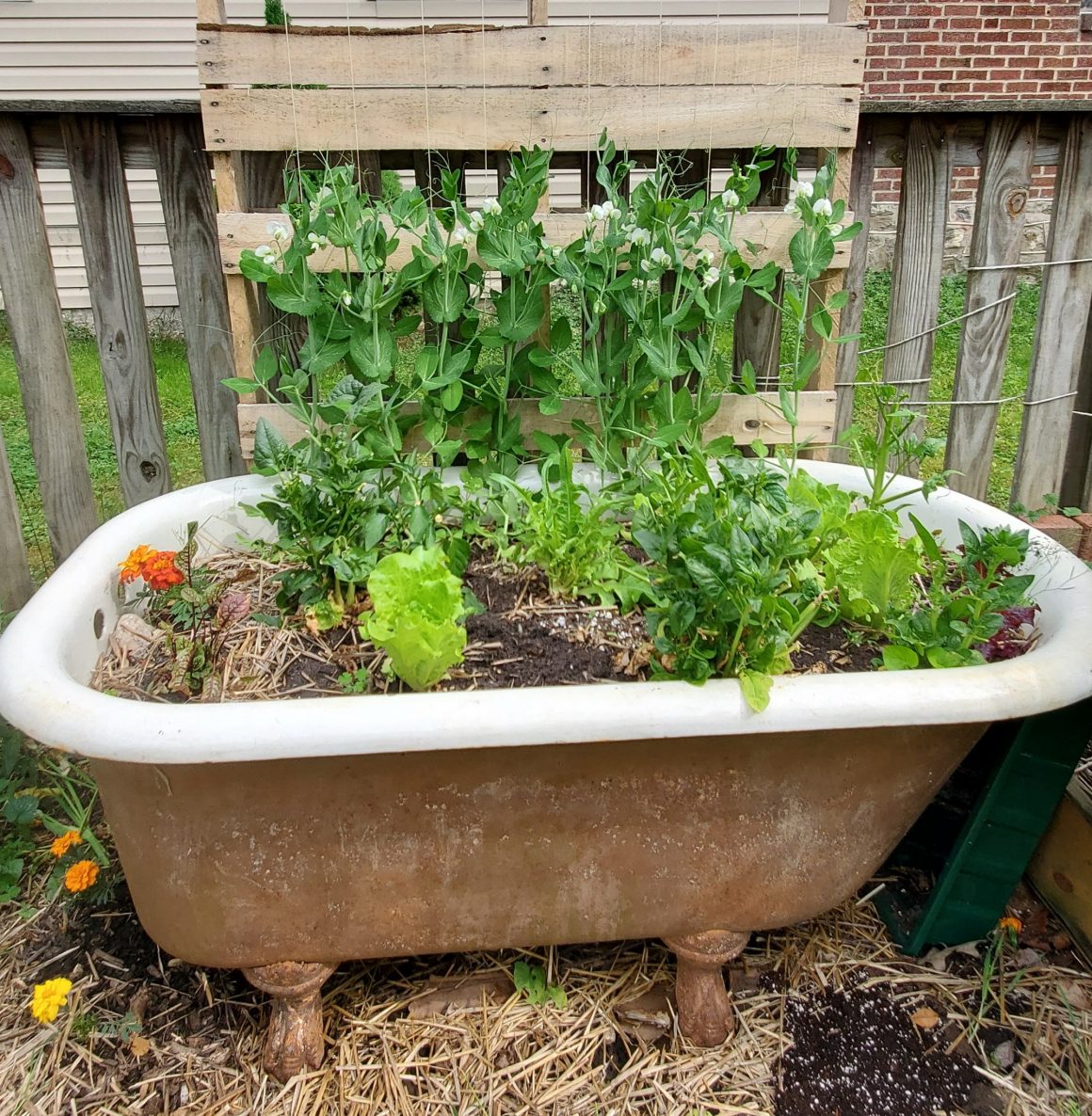The 3R’s of preventing waste – reduce, reuse, recycle – have been a part of common vernacular since the environmental movement began in the 1970s. With climate change now one of the most pressing issues of this generation, the 3R’s are outdated.
Evolving mindsets around sustainability, the circular economy, waste prevention, and consumption include up to 10R’s:
- Assessing a purchasing decision is the first step since it may make sense to refuse an item completely. To reject a purchase, a consumer must question whether they really need or simply want an item. For example, one may decide not to purchase a new electronic device if the current one works perfectly, albeit a little slowly.
- The next step to limiting a personal waste footprint is to reduce consumption. This could entail buying less of an item one may buy too much of, such as buying one less clothing item; and opting to wear the same outfit more often.
- Re-thinking or re-evaluating the need for a product may result in buying fewer items (reduce), purchasing a longer lasting item, finding a more sustainable option, or delaying the purchase altogether. For example, switching to a reusable bamboo toothbrush with a replaceable head is an option. Re-evaluating the need to use disposable cutlery, dishes and water bottles is another. Questions to ponder include: Do I need this much/many? Is there something that I already have that I can use? Is there a version of this product that uses less waste or energy or lasts longer?
- Reuse is a common waste intervention. This may include donating clothes to a shelter, hosting clothes swaps instead of discarding items, or even swapping decorations and accessories with friends. Try a local thrift center, flea market, or yard sale for clothes and all kinds of household items.
- Instead of buying new products, consider repairing an existing item if possible. Stitch up a hole or clean a stained shirt. Repair a shelf. Take a broken appliance to the repair shop rather than buying a new one. Reupholster a chair. Fix a broken garden hose or tool.
- Instead of buying a brand-new replacement for an old or broken item, purchase a used version or a refurbished one to lower the life-cycle footprint. Add artistic touches to used furniture. Buy a refurbished printer. Buy a used car that needs work. Rework second-hand clothes to fit your style.
- Remanufacturing older items is a nice way to increase product longevity. A common example is to take parts from an unusable car (or computer) and use the parts for another car (or computer) in need of repair.
- Repurposing items reduces overall waste footprint and is an opportunity for creativity. Save jars from the grocery store to use as storage in the kitchen, office, or tool shed. Use old ladders for trellises in the garden.
- Finally, recycling. This is an option when no other options are viable. Recycling strives to process material to produce another product, like recycling plastic bottles to make buckets. Unfortunately, recycling markets are hamstrung by the amount of waste that often contaminates recycling bins.
- Recovery of waste without any pre-processing is the last option. For example, waste oils that cannot be refined for reuse in vehicles can be burnt for energy recovery. Recovering the energy from waste oil reduces our dependence on coal and imported oil.
Overall, purchasing decisions are more complex than ever, with so many options for alternative choices. Following the steps of the 10R’s is a great guide for waste prevention and a lower waste footprint.
Written by: Catherine Slayton and Joan Plisko

